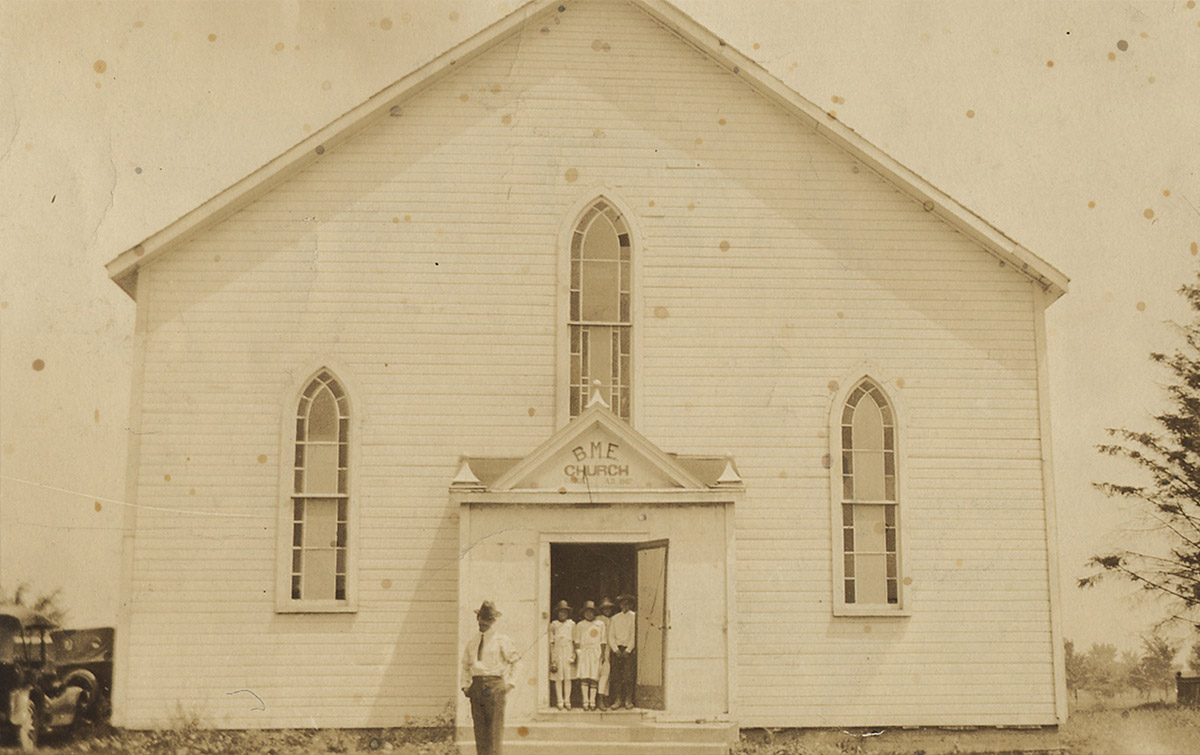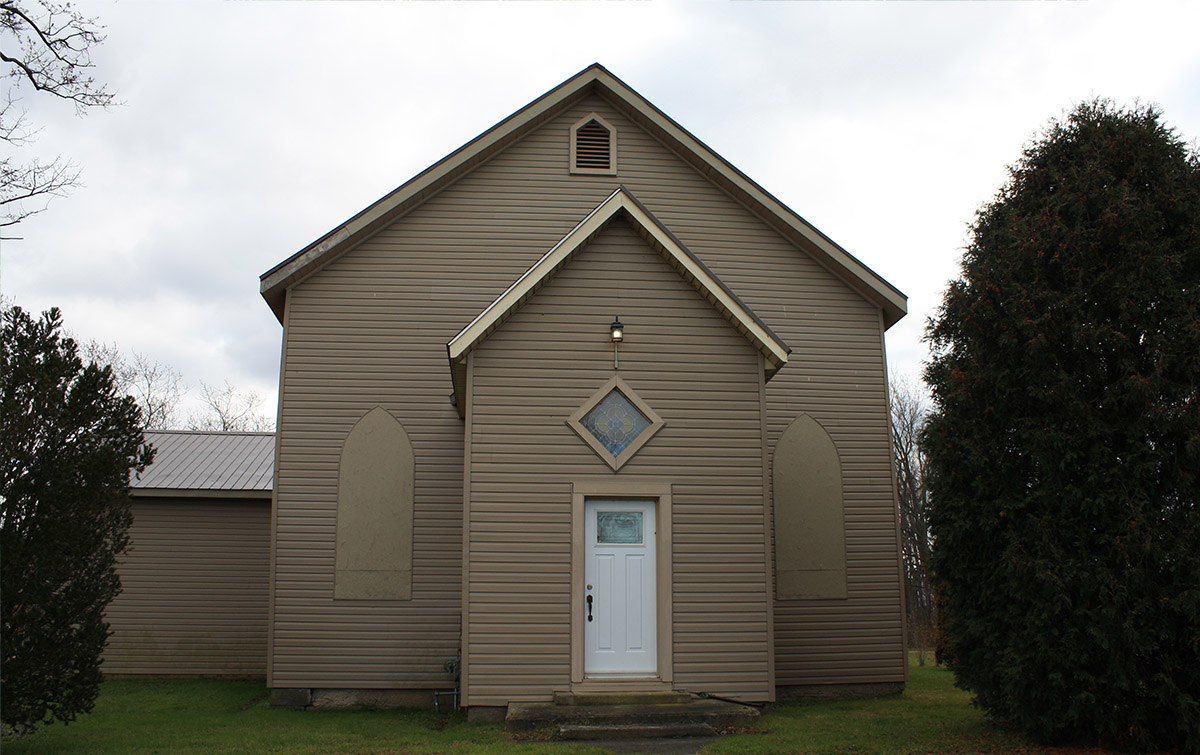The B.M.E. Church
This church and all the other churches of Buxton were envisioned by Rev. William Kings in his dream of the “City of God” that would result from his labors, on behalf of the fugitives arriving in Canada west. As both the architect and the Shepard of the new community, Rev. King planned that one of the cornerstones for his “City of God” would be a strong religious foundation. This, along with education, family values, and a strong economic base would assure that his flock becomes self-sufficient.
The central and most essential institutions in Buxton and in other early Black communities were the church and the school. These gathering places were what gave the people a sense of community and provided instruction, spiritual comfort, opportunities for socialization, protection, and a sense of well-being to the people. Only two of those churches have survived and been in continual use throughout the years of the existence of Buxton - this church and St. Andrews in South Buxton. This Church began as Bethel African Methodist Church in the 1850s with Rev. Blount, a runaway slave, as one of the earliest pastors. This church burned down and was replaced by the present structure in 1866.
The church was one of several B.M.E. churches that left the B.M.E. conference and became British Methodist Churches in an attempt by the people to show their loyalty to the British Crown in their homeland. In other words, around 1856, this church, along with many other African Methodist Episcopal Churches (A.M.E) decided to become independent of their U.S. connection and replace the word “African” with “British” to honour the nation that gave Blacks their freedom. In 2002, this church withdrew from the B.M.E. conference and became incorporated as the North Buxton Community Church, an undenominational church serving the entire community.
The central and most essential institutions in Buxton and in other early Black communities were the church and the school. These gathering places were what gave the people a sense of community and provided instruction, spiritual comfort, opportunities for socialization, protection, and a sense of well-being to the people. Only two of those churches have survived and been in continual use throughout the years of the existence of Buxton - this church and St. Andrews in South Buxton. This Church began as Bethel African Methodist Church in the 1850s with Rev. Blount, a runaway slave, as one of the earliest pastors. This church burned down and was replaced by the present structure in 1866.
The church was one of several B.M.E. churches that left the B.M.E. conference and became British Methodist Churches in an attempt by the people to show their loyalty to the British Crown in their homeland. In other words, around 1856, this church, along with many other African Methodist Episcopal Churches (A.M.E) decided to become independent of their U.S. connection and replace the word “African” with “British” to honour the nation that gave Blacks their freedom. In 2002, this church withdrew from the B.M.E. conference and became incorporated as the North Buxton Community Church, an undenominational church serving the entire community.


